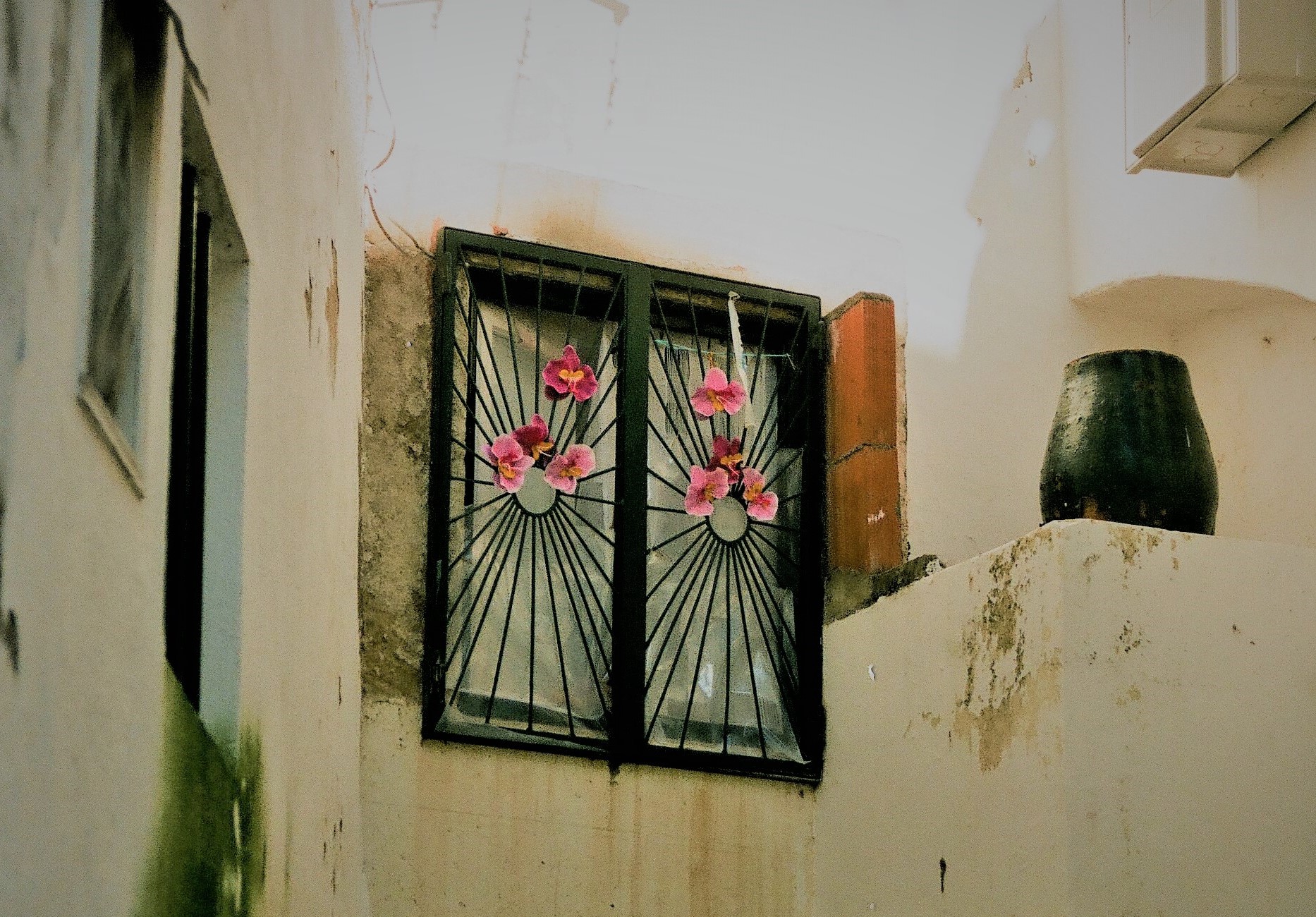Confronted to the lack of adequate public services, a handful of young Nigeriens decided to launch a real-time citizen mapping of cities, with the idea of facilitating the delivery of humanitarian aid and helping to protect the population from terrorist threats.
Arnaud Blin | November 2019
If Niger can pride itself on being one of the largest countries on the African continent, it is today also one of the poorest and has been, in recent years, one of the most vulnerable in Africa. In most country rankings, it regularly appears at the bottom of the list. This is glaringly the case with the most well-known development index, the HDI. The Human Development Index compiled by the United Nations Development Program is a composite index that takes into account three series of data: health/longevity, education level and standard of living. In the 2017 HDI ranking, the latest to date (which now takes into account Nation-States but also autonomous territories such as Jersey and Guernsey (No. 1 in the ranking), Niger is dead last , in 228th place, behind the Central African Republic and Somalia. In 2012, Niger was already at the bottom of the ranking, behind the DRC.
Niger is a fragile state, plagued by great poverty, whose government and state apparatus are no longer in a position to generate any momentum to bring the country out of its rut. A vast, semi-desert country on the edge of Saharan and sub-Saharan Africa, Niger has seen its territory taken over by several terrorist organizations, including the three most dangerous and powerful of this period: Al-Qaeda, Daesh and Boko Haram.
Knowledge of the territory: a key issue in protecting populations from terrorist threats
In addition to the direct threat to its populations, the presence of these organizations hinders or prevents flows, including the delivery of external aid, and contributes to further paralyzing the country. In addition, the country is faced with other threats to the security of the local population, such as epidemics, drought, famine, migratory flows (migrants crossing the country to the north), refugees, arson, all of which are destabilizing factors that call for humanitarian action that only NGOs can provide but which, in view of the logistical difficulties and due to a lack of knowledge of the territories, are often forced to give up.
In an attempt to address security issues, and in particular to enable NGOs to work and move around the country and generally to facilitate humanitarian action (and land-use planning), a youth community in Niamey decided to tackle a fundamental problem: real-time mapping of urban areas, starting with Niamey, the capital. As in other areas, Niger lags far behind the rest of the world in this area.
Mapping the urban territory with smartphones by involving a maximum number of inhabitants
The idea of mapping the country’s urban areas took shape in 2013 with a first project, Mapping for Niger, which was quickly formalized into a permanent program, OpenStreetMap Niger (OSM Niger), whose coordinators are volunteers. From then on, the small team set up awareness raising and training activities in cartography and free geomatics and got down to business with the actual mapping of zone V of Niamey and then other cities such as Dosso, Madoua, Dogondoutchi and the region of Diffa, located in the area invested by Boko Haram. At the same time, in order to strengthen and perpetuate its action, OSM Niger will seek partnerships with the Direction de la Francophonie Economique et Numérique, the Association des Libres Géographes, the OSM Francophone Space Project, UNICEF and the ICRC.
It is with the International Committee of the Red Cross (ICRC) that OSM Niger has been working for two years on the region of Diffa, for which cartographic data is particularly complicated to acquire but which will help the ICRC to organize its water and sanitation program in the region1. Thanks to a grant from the Humanitarian OpenStreet Map Team (HOT), OSM Niger was able to acquire mapping equipment (GPS, computers, smartphone) to facilitate data collection. Thus, it can now increase the capacity for data creation through the Mapathons and organize awareness and training activities among professionals from the public and private sectors, academics, and civil society to expand the database. In addition, by mobilizing OSM cartographers for humanitarian action, the association has been able to strengthen and set up a preparation and response mechanism for unexpected crises.
By increasing training/awareness activities in digital cartography, free and open data geomatics and by organizing data collection sessions using smartphones, the association is weaving its web and meeting the objectives it had set for 2013. While it is still too early to measure the concrete effects of this initiative in the medium and long term, we can already see that it has interested various organizations specializing in humanitarian action and that it has demonstrated that it can help them impact the lives of the people of Niger and their security.
It will be remembered that with almost zero means at the outset, OSM Niger was able, from a local neighborhood and with no other resources than the will, intelligence and technical skills of a few young people, to tackle the problem of security to replace, in a small but vital area, a failing state.
1 For a detailed report on the security problems in the area, see UNHCR’s biannual assessment.: https://reliefweb.int/sites/reliefweb.int/files/resources/71056.pdf
Arnaud Blin is a French-American historian and political scientist specialized in conflicts history. He wrote around fifteen works, translated into ten languages. Ex-director of Beaumarchais Center for International Research (Washington), he coordinated for around 10 years the World New Governance Forum (Paris). His professional interests have centered in problems linked to good governance and security. Through the Forum, he led around forty projects on global governance with Gustavo Marin. Last published work : War and religion. Europe and the Mediterranean from the first through the 21st centuries (University of California Press, 2019).







